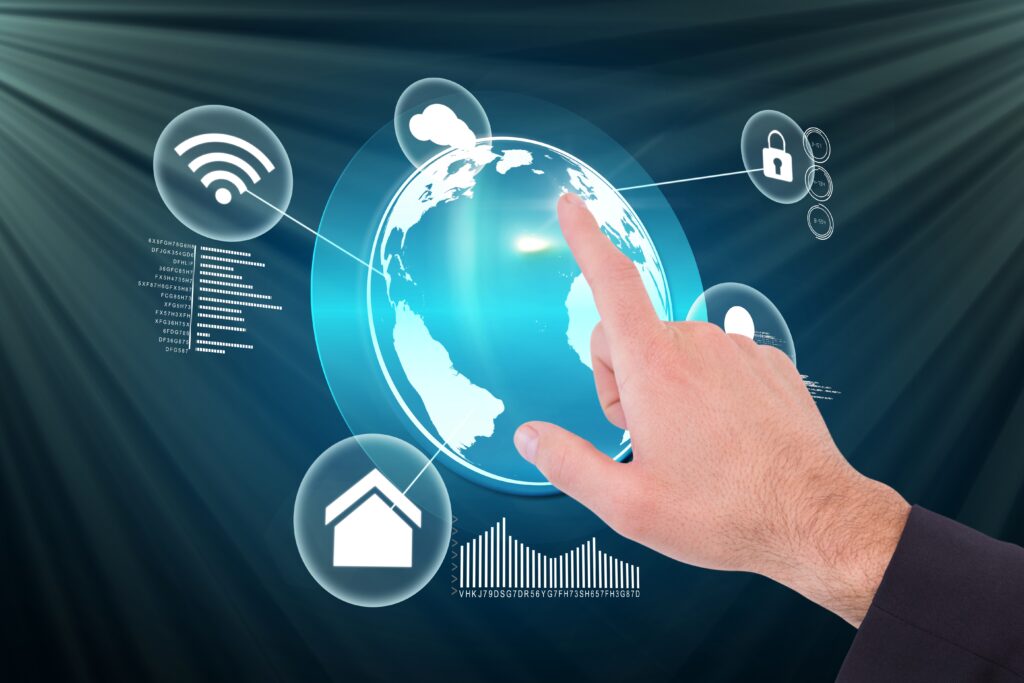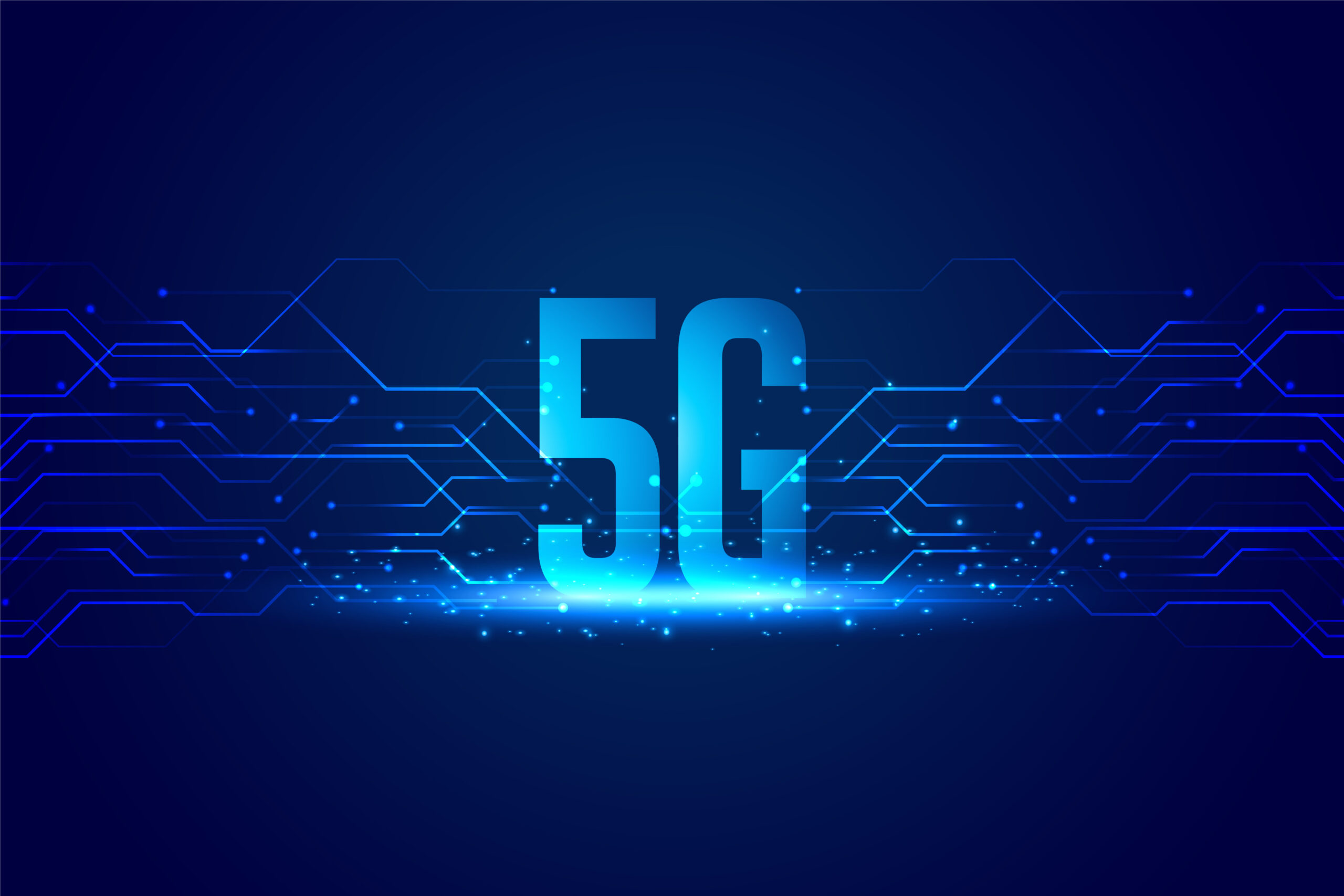In today’s hyper-connected world, 5G and network evolution are redefining how humans, devices, and industries communicate. From lightning-fast internet speeds to real-time data transmission, this technological leap is shaping the future of digital transformation. Businesses, governments, and consumers alike are eager to explore how 5G and network evolution will revolutionize daily life and global communication systems.
Introduction: Understanding 5G and Network Evolution
To grasp the significance of 5G and network evolution, it’s essential to understand what makes it different from previous generations of wireless technology. While 3G introduced mobile internet and 4G enabled streaming and smart apps, 5G and network evolution take things to a new level by offering ultra-low latency, massive connectivity, and faster data speeds than ever before. This next-generation technology is not just an upgrade—it’s a complete transformation of how networks operate.
The Power of 5G and Network Evolution
The driving force behind 5G and network evolution lies in its ability to handle enormous amounts of data with minimal delay. This means everything—from smartphones to autonomous cars—can communicate instantly. Businesses benefit from seamless cloud integration, remote work efficiency, and smart infrastructure powered by 5G and network evolution.
Moreover, industries such as healthcare, transportation, and manufacturing are already adopting 5G and network evolution to streamline operations and reduce costs. Imagine surgeons performing remote robotic operations, or self-driving vehicles exchanging live data in milliseconds—these are real-world outcomes of this technology.
How 5G and Network Evolution Support IoT Growth
The Internet of Things (IoT) relies heavily on 5G and network evolution to function effectively. With billions of connected devices—from home assistants to industrial sensors—the need for faster and more reliable networks is critical. 5G and network evolution ensure that every device stays connected with consistent performance, even in data-intensive environments like smart cities or industrial zones.
This enhanced connectivity supports automation, real-time monitoring, and predictive maintenance—turning industries into intelligent ecosystems.

5G and Network Evolution in Smart Cities
One of the most promising uses of 5G and network evolution is in developing smart cities. Urban centers powered by this technology will experience better traffic management, energy efficiency, and security systems. For instance, smart streetlights and sensors can collect data in real time to improve public services. Through 5G and network evolution, cities can make informed decisions using live analytics, improving residents’ quality of life.
The Challenges of 5G and Network Evolution
Despite its vast potential, 5G and network evolution face challenges. High infrastructure costs, data privacy concerns, and cybersecurity threats are key issues slowing global deployment. Additionally, the need for more spectrum and energy-efficient solutions remains a technical hurdle. However, continued investment in research and innovation is helping overcome these barriers, making 5G and network evolution a more accessible reality worldwide.
The Future of 5G and Network Evolution
Looking ahead, 5G and network evolution will pave the way for 6G technology and beyond. With continuous advancements in AI-driven networking and satellite connectivity, the possibilities are limitless. Future networks will not just connect devices but create intelligent communication ecosystems where machines and humans collaborate seamlessly.
The fusion of AI, cloud computing, and 5G and network evolution will unlock opportunities we can barely imagine today—from immersive virtual reality to smart industries and sustainable urban planning.

Conclusion: The Era of 5G and Network Evolution
In summary, 5G and network evolution are at the heart of the digital revolution. This groundbreaking technology is enhancing connectivity, enabling innovation, and reshaping industries worldwide. As deployment expands, more communities will experience the benefits of faster, smarter, and more efficient communication systems.
Ultimately, 5G and network evolution are not just transforming technology—they are transforming life itself.
🔍 Frequently Asked Questions
What is meant by 5G and network evolution?
5G and network evolution refer to the advancement of wireless technology that delivers faster speeds, lower latency, and more reliable connections. It represents a major shift from 4G to next-generation networks that support smart devices, autonomous systems, and real-time data sharing.
How does 5G and network evolution impact daily life?
5G and network evolution improve daily life by enabling faster mobile internet, smoother video streaming, and enhanced smart device performance. From remote healthcare to virtual education and automated transportation, the benefits are visible in every aspect of modern living.
What industries benefit most from 5G and network evolution?
Several industries are being transformed by 5G and network evolution, including healthcare, manufacturing, logistics, and entertainment. These sectors use high-speed connectivity for automation, remote control, data analysis, and digital transformation.
What challenges does 5G and network evolution face?
Although promising, 5G and network evolution face challenges such as high infrastructure costs, limited coverage in rural areas, and cybersecurity risks. Continued investment and research are helping overcome these issues to make the technology globally accessible.


No comment yet, add your voice below!